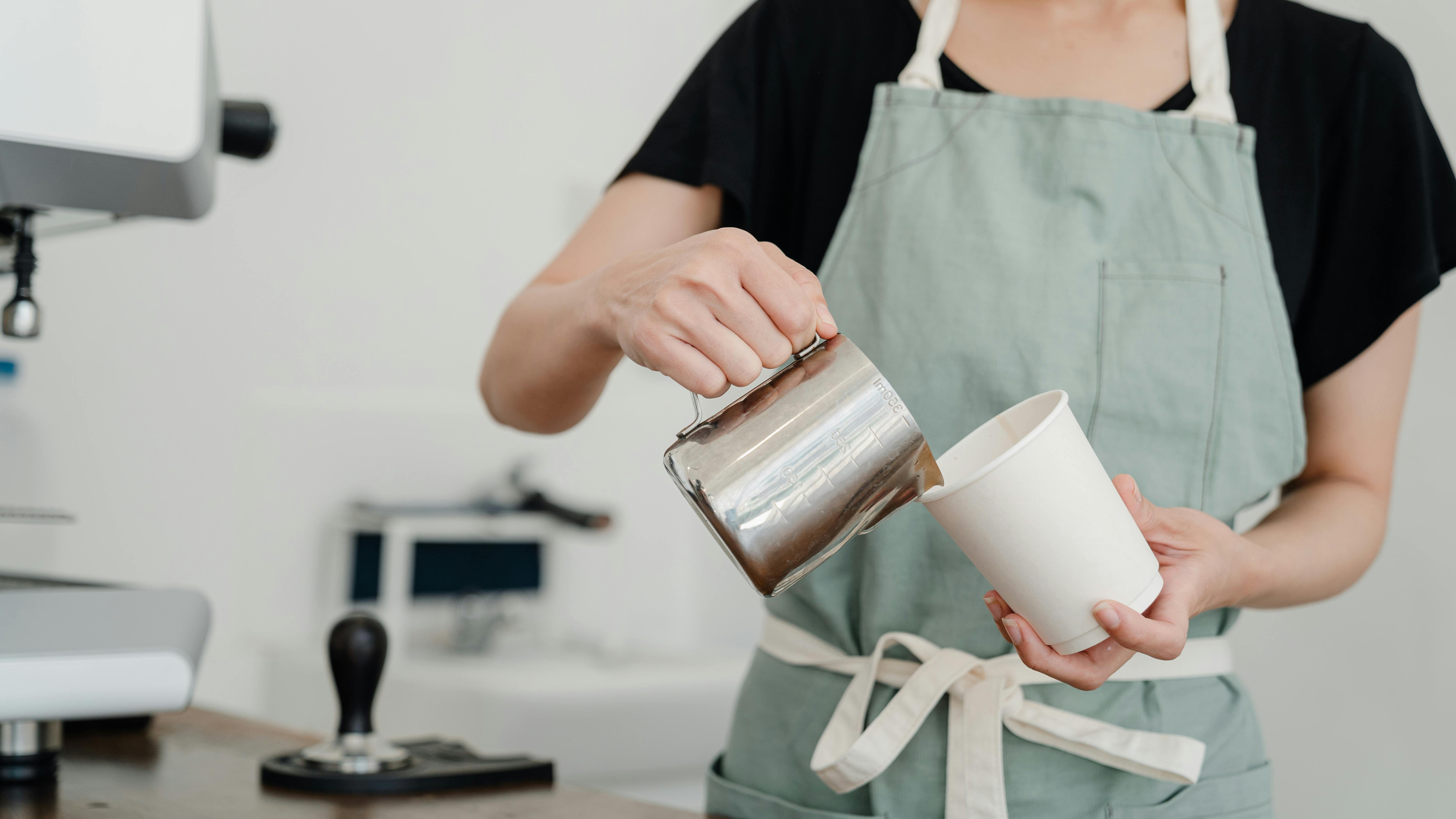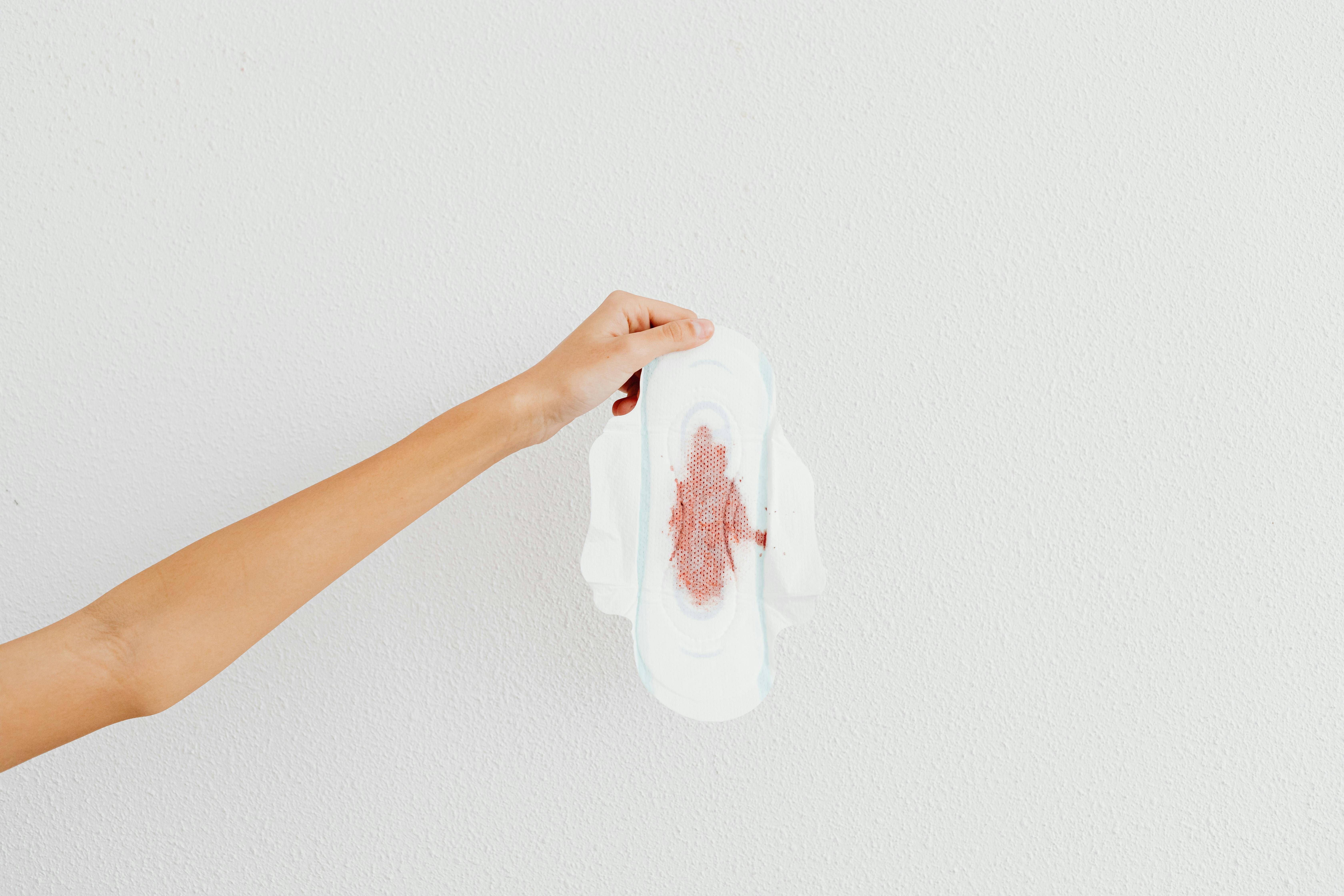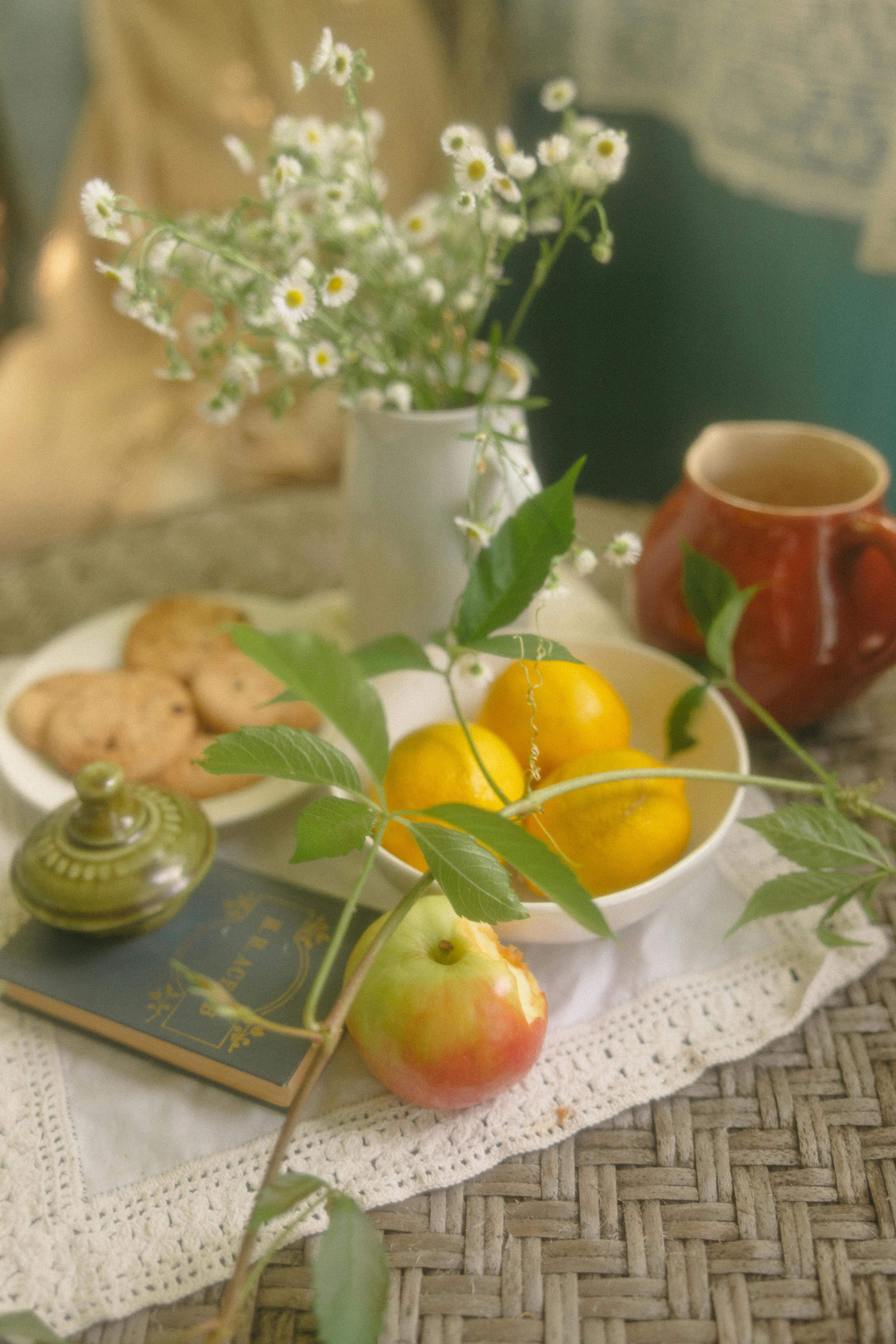
How to Make Hummingbird Nectar: A Simple Guide to Attracting Birds in 2025
Creating your own homemade hummingbird nectar is a delightful way to invite these dazzling birds into your garden. With just a few ingredients and a dash of care, you can prepare the best hummingbird nectar. This guide will provide you with a comprehensive hummingbird nectar recipe that ensures you attract these breathtaking birds while also providing them with a safe and nutritious diet. Follow along to learn how to feed hummingbirds effectively and sustainably.
Understanding Hummingbird Nectar
Before you whip up your easy hummingbird nectar, it's essential to understand the needs of these remarkable birds. Hummingbirds primarily feed on nectar, which provides them with the energy required for their fast-paced lifestyle. Utilizing a sugar water for hummingbirds formula closely mimics the natural nectar they seek in flowers. The most common mixture for making homemade hummingbird nectar consists of one part sugar to four parts water. This hummingbird nectar ratio supports their energy needs effectively.
Ingredients for Hummingbird Nectar
The basic ingredients in a nectar recipe for hummingbirds are remarkably simple. You'll only need granulated sugar and water. It's important to use **white granulated sugar** as it closely resembles natural flower nectar. **Avoid using honey, artificial sweeteners, or organic sugars**, as these alternatives can be harmful to hummingbirds. For a basic recipe, mix one cup of sugar with four cups of water, bringing it to a boil to ensure all sugar is dissolved and to sterilize the solution. Allow it to cool before filling your feeder.
Feeding Guidelines for Hummingbirds
Feeding hummingbirds in your garden goes beyond just providing nectar. You need to ensure that your feeder is cleaned regularly to prevent mold and bacteria buildup that could harm these delicate creatures. Maintaining hummingbird feeders involves cleaning them every 5-7 days in warm weather, and at least once every two weeks during cool weather. Additionally, always make sure to replace the nectar every 3-5 days, especially in warmer temperatures, to keep it fresh and beneficial for the birds.
Choosing and Placing Your Hummingbird Feeder
Selecting the right hummingbird feeder can significantly impact the birds' visitation rate. Numerous types are available, from saucer-shaped feeders to tube feeders. Each type has its pros and cons, but ensuring that it is easy to clean, has adequate feeding ports, and is made from durable material is crucial for longevity. When determining the ideal bird feeder placement, position your feeder in a spot that offers shelter from wind and direct sunlight. This ensures the nectar stays fresh longer and provides hummingbirds with a safe haven.
Attracting Hummingbirds to Your Feeder
To boost your chances of attracting these feathered friends, consider incorporating flowers for hummingbirds in your garden. Bright, tubular flowers, such as trumpet vine, bee balm, and salvia, are particularly effective. Their natural nectar attracts hummingbirds while providing an additional food source. You can also create a buffet of natural hummingbird food by choosing a variety of plants that flower at different times of the year, ensuring a year-round availability of food for the birds.
Seasonal Hummingbird Food Adjustments
It's also vital to adjust your feeding practices based on seasonal changes, particularly during the migration period in the spring and fall. Hummingbirds travel significant distances, and by having a consistent source of nectar, you can provide them with the energy they need. As migration approaches, also ensure that your feeder is ready for their arrival. Adjust the nectar supplies to accommodate the rising bird population during these critical passages. Maintaining a diverse garden with various bloom times can also help support both resident and migratory species.
Benefits of Hummingbird Nectar
Creating your own DIY hummingbird food has several advantages. Not only does it save money compared to store-bought options, but you can also control the quality of the ingredients, ensuring that your nectar is pure and safe. Homemade nectar eliminates harmful additives and preservatives that can harm hummingbirds. Furthermore, feeding these birds can greatly benefit the local ecosystem; as they feed, they help in pollination, which is a crucial service in gardens and natural environments.
Understanding Hummingbirds' Feeding Behavior
Hummingbirds are highly attracted to bright colors, but their feeding habits also depend on their individual species and the availability of various nectar sources in the environment. Different types of hummingbirds have distinct preferences; some may prefer specific flowers or feeders. Take note of the species visiting your area and their interactions with your feeding stations. This observation can provide insight into their behavior and preferences, allowing you to create the most appealing setup for them.
Natural Hummingbird Food and Habitat Considerations
Incorporating native plants into your garden design not only attracts hummingbirds but also helps maintain a balanced ecosystem. Native plants provide the most suitable conditions for local wildlife, including hummingbirds. Create a hummingbird habitat by including non-invasive, native flowers that bloom throughout the year. Establishing such a natural environment enriches your landscape and benefits other bird species while promoting biodiversity in your yard.
Conclusion and Key Takeaways
Creating hummingbird nectar is an enjoyable and rewarding process that brings the joy and beauty of these energetic birds to your yard. By following this guide, you'll be equipped to prepare the best nectar for hummingbirds with simple ingredients and mindful practices. Ensure you keep your feeding stations clean and provide a diverse array of plants to cultivate a welcoming environment for these unique birds.
FAQ
1. What is the best sugar to use for homemade hummingbird nectar?
Always opt for white granulated sugar when making homemade hummingbird nectar. This sugar resembles the natural flower nectar that hummingbirds seek. Avoid using organic sugars or artificial sweeteners, as they can harm the birds.
2. Can I add food coloring to hummingbird nectar?
It is unnecessary to add food coloring to your nectar as it could potentially harm the birds. Hummingbirds are attracted to bright colors in flowers, allowing them to find feeders naturally without additional additives.
3. How often should I clean my hummingbird feeder?
Cleaning your hummingbird feeder is vital for the birds' health. Ideally, clean it every 5-7 days in warm weather and at least every two weeks during cooler temperatures to prevent mold and bacteria development.
4. What is the best feeding strategy for different hummingbird species?
Creating a hummingbird-friendly garden that includes a variety of flowering plants will cater to different hummingbird species. Plants should bloom at various times of the year to provide continuous food sources. Additionally, ensure your feeders are refilled regularly to support local populations.
5. Can I feed hummingbirds in winter?
Yes, you can feed hummingbirds in the winter, especially in areas where these birds remain year-round. Maintain feeders with fresh nectar and consider providing shelter from harsh weather conditions to support their survival.
6. What outdoor practices support hummingbird habitats?
To support hummingbirds, prioritize planting native flowering plants and minimizing the use of pesticides. A well-designed garden encourages sustained visits from these feathered friends while contributing to local ecological health.
7. Why is it essential to use a proper hummingbird nectar ratio?
Using the correct hummingbird nectar ratio (one part sugar to four parts water) ensures that the solution mimics natural flower nectar. This balance provides the necessary calories hummingbirds need to thrive and maintains their overall health.

